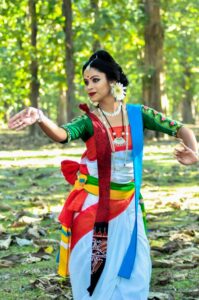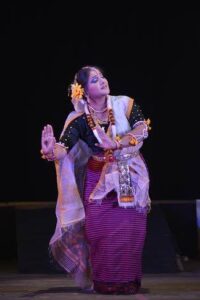Rabindra Nritya festival to keep the old dance tradition alive
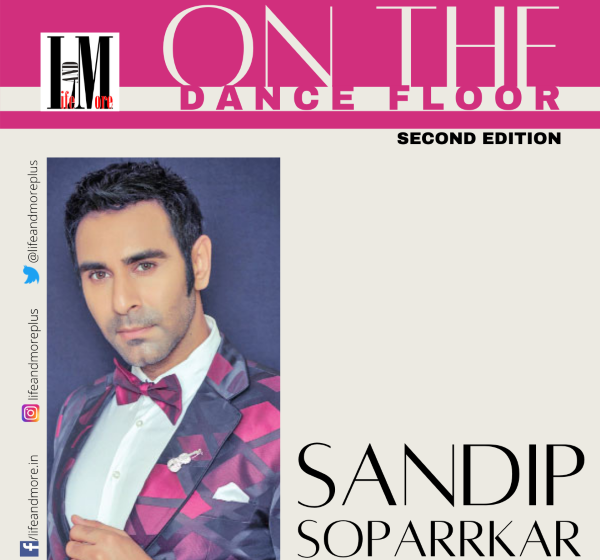
There are many styles of nritya (dances) in India and various types of festivals also happen based on the dance styles. One of the well-respected festivals is Rabindra Nritya, the dance idiom created and introduced by Rabindranath Tagore that has stood the test of time. The fact that even 100 years later, Rabindra Nritya has the same old significance become more evident after watching the recent two-days International dance festival on Rabindra Nritya organised by Sruti Performing Troupe and supported by Eastern Zonal Cultural Centre.
Originating from Santiniketan, Rabindra Nritya has been embraced by artists not only from Bengal but from all around the world – the artists who are performing Rabindra Nritya today are perpetuating the traditions and concepts of Rabindranath along with the other classical art forms. It was really enthralling to find how the young and talented as well as the renowned and trained classical dancers performed Rabindra Nritya on a digital platform.
This festival was divided under two themes: one was on stray pieces of Rabindra Sangeet and the second was from excerpts from the dance dramas of Tagore. Young artists performed on stray songs and the senior artists presented excerpts from the dance dramas as per their choice.
On the first day of the festival, the Guest of Honour, dance critic late Padma Shri Dr Sunil Kothari delivered a beautiful speech, it was one of Dr Kothari’s last speeches before he fell sick and later passed away due a massive heart attack leaving a void in the world of dance. He encouraged Sruti Performing Troupe with affectionate words and praised their abilities which I am sure will take the troupe a long way further and beyond.
The first performance began with Tagore’s work, a presentation on Bhanushingher Padavali brilliantly presented by the trio – Swapnakolpa Dasgupta, Purbita Mukherjee, Sarmistha Chattopadhyay – from Mumbai.


The second performance was by Rishuv Poddar, a young artist from Nagaland who presented a dance from Rabindranath’s Parjaay. The first one was choreographed by Dr Sruti Bandopadhay while the second was self-choreographed by Rishuv. It was interesting to see the performance by Upasana, Sharmila Mazumdar and Arundhuti Patwardhan from Pune, who jointly presented a dance recital based on a small excerpt taken from Tagore’s dance-drama Chandalika.
Renowned dance guru Sucheta Chapekar also spoke on this interesting virtual festival and she had kind words to say about the festival, performances and the talented performers.
What was special was that this international festival on Rabindra Nritya had dancers not only from India but there was great involvement of Indian classical dancers from other parts of the world too. Suchismita Ganguly from the UK, who has blossomed into a sophisticated dancer was a pleasure to watch.
From Bangladesh was Proma Abanti with her troupe who elegantly performed Tagore’s Rituranga. The first day of the festival ended with performances from Dr Subhasish Bhattacharya and Susmita Bhattacharya. They presented an excerpt from the musical drama Shapmochan, based on the earlierplay Raja.
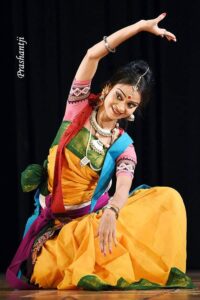
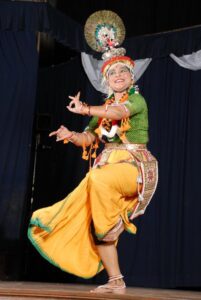
The second day of the festival started with some insightful words from renowned dance critic Tapati Chowdhurie. She spoke at length on the form of Rabindra Nritya and how its concept was distinct and separate from other classical dance forms. The rest that followed was delight for the viewers, the first presentation of the day was performed by Dr Mandakranta Roy, who totally enthralled everyone with her magical performance. Next on virtual stage was Senjuti Dass from London who performed on Rabindra Sangeet also was Dr Kaberi Chatterjee from Germany who performed a small excerpt taken from Tagore’s dance drama Chitrangada that was quite eloquent of Tagore’s thoughts and visions.
Amrita Ghosh from Santiniketan lit up the stage with dances on Rabindra Sangeet and paid a fitting tribute to the great poet, writer, composer, philosopher and painter of all times. Dr Sujit Kumar Ghosh from Silchar presented a spectacular performance on a small excerpt from Tagore’s Shapmochan. After this Warda Rihab from Bangladesh presented an excerpt from Tagore’s Natir Puj with Dhruti Nartaralaya.
The concluding performance was by Sruti Performing Troupe, who danced to the tunes of Ahobano Ashilo Mahatsobe.
“My troupe has been working relentlessly for long to ensure that Rabindra Nritya is disseminated more widely than it has in its present form. While the dance form has been practised, professed and propagated for decades, the dilution and reducing importance became the triggering factor for taking up a voluminous research,” said Sruti Bandopadhyay of Sruti Performing Troupe, thanking Gauri Basu, Director, Eastern Zonal Cultural Center, Kolkata for her unconditional support, and the rest of the team for making this herculean task possible.


